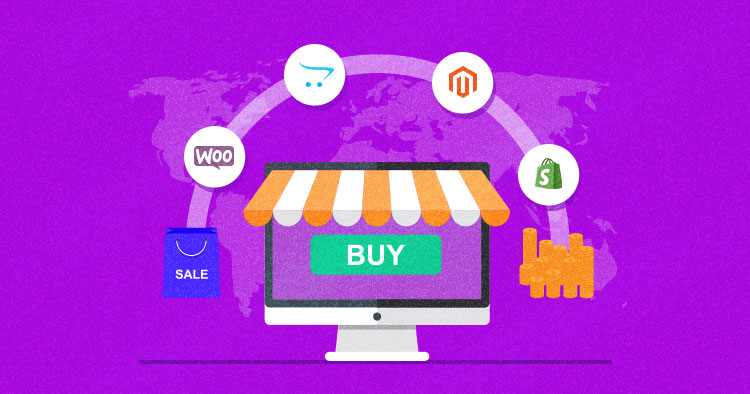Taking your business online in 2024? E-commerce platforms are the digital storefronts that turn your vision into a thriving online empire. But with a sea of options available, choosing the right platform can feel overwhelming. Fear not, intrepid entrepreneur! This guide dives deep into the top 9 e-commerce platforms, equipping you with the knowledge to make the perfect choice for your online store.
Aligning Business Needs with an E-commerce Platform

Choosing the right e-commerce platform is like selecting the foundation for your dream home. You wouldn’t build a skyscraper on a sandy beach, and you wouldn’t open a high-volume fashion store on a platform that can’t handle fluctuating inventory. This section dives deep into the key factors to consider when aligning your business needs with the perfect e-commerce platform.
Must-Have Functionality, Integrations, and Features
Basic Functionality:
These are the essential building blocks of any online store:
- Product Listings: Showcase your products with clear descriptions, high-quality images, and multiple variations (size, color, etc.) if applicable.
- Shopping Carts: Allow customers to easily add and remove items, view running totals, and proceed to checkout seamlessly.
- Secure Payment Processing: Integrate with trusted payment gateways like Stripe or PayPal to ensure secure transactions and customer trust.
- Customer Accounts: Enable customers to create accounts for faster checkout, order history tracking, and wishlist creation.
- Order Management: A robust system to track orders, manage fulfillment, and communicate shipping updates to customers.
Complex Functionality:
As your business grows, you might require more advanced features to cater to specific needs:
- Product Variations: Manage products with multiple attributes like size, color, material, or even custom engraving options.
- Subscriptions: Offer subscription boxes or recurring product deliveries for customer convenience and recurring revenue.
- Loyalty Programs: Reward repeat customers with points, discounts, or exclusive offers to build brand loyalty and encourage repeat purchases.
- Multilingual Support: Sell to a global audience by offering your store content and product information in multiple languages.
- Marketing Automation: Integrate with marketing tools to automate email campaigns, abandoned cart recovery strategies, and personalized product recommendations.
- Content Management System (CMS): Create informative blog posts, engaging landing pages, or product tutorials to enhance your brand storytelling and customer experience.
1. Budget
E-commerce platforms come with varying costs. Here’s a breakdown to consider:
- Platform Fees: Monthly subscription fees charged by the platform provider. These fees often increase with additional features or higher sales volume.
- Transaction Fees: Per-transaction fees charged by the platform or your chosen payment processor.
- Additional Expenses: Costs associated with website design, custom app development, integrations with other software (e.g., accounting), or marketing tools.
2. Timelines
Launching your online store quickly might be a priority. Consider the platform’s setup time and learning curve:
- SaaS (Software as a Service): Generally the fastest option. SaaS platforms are user-friendly and often offer drag-and-drop interfaces for quick store creation.
- Composable: Offers flexibility but requires development expertise, potentially delaying launch.
- Open-Source: Highly customizable but requires significant technical knowledge for setup and maintenance, impacting launch timelines.
Identify Potential Complexities
Not all businesses are created equal. Here are some complexities to consider when choosing your platform:
- International Shipping: Does the platform support international shipping calculations, customs declarations, and multi-currency transactions?
- Multilingual Capabilities: If you plan to sell to a global audience, ensure the platform allows for easy translation and management of multiple languages.
- Product Inventory Complexity: Will you be managing a large number of products with variations, bundles, or digital downloads? The platform should be able to handle your specific product catalog needs.
3. Determine Who Will Execute on the Project
The technical expertise available will influence your platform selection:
- Internal Development Team: If you have an in-house development team, you might consider a more open-source or composable platform for greater customization.
- External Agency: Many platforms offer user-friendly interfaces suitable for agencies to build and manage your online store with minimal technical knowledge required.
E-commerce Solution Options: Choosing the Right Platform
The e-commerce landscape offers a diverse range of platform options, each catering to specific needs and technical expertise. Here’s a breakdown of the three main categories to consider:
1. SaaS (Software as a Service):
- Pros: User-friendly interfaces, easy setup, minimal technical knowledge required. Many offer drag-and-drop functionalities and a wide range of built-in features. Scalable to accommodate business growth.
- Cons: Customization options might be limited compared to other solutions. Subscription fees can increase with additional features or higher sales volume.
- Examples: Shopify, BigCommerce, Wix Ecommerce, Squarespace Commerce.
2. Composable Commerce:
- Pros: Highly customizable and flexible. Allows building a platform tailored to your specific needs by integrating various components (APIs) from different vendors.
- Cons: Requires significant development expertise or reliance on agencies for setup and maintenance. Can be a complex and time-consuming process.
- Examples: Headless commerce platforms like Commercetools, Contentful, and Snipcart.
3. Open-Source Platforms:
- Pros: Highly customizable and cost-effective (often free to use). Large developer communities offering support and resources.
- Cons: Requires extensive technical knowledge for setup, maintenance, and security updates. Limited built-in features, often requiring additional plugins or extensions.
- Examples: WooCommerce (WordPress plugin), Magento (Adobe Commerce).
Choosing the Right Fit
The best e-commerce platform for you will rely on your unique requirements. When you make your choice, take into account these factors:
- Technical Expertise: Do you have an in-house development team, or will you rely on an agency?
- Budget: Can you afford a premium SaaS platform, or are you looking for a more cost-effective solution?
- Customization Needs: Do you require extensive customization, or are you comfortable with a pre-built platform with some adjustment options?
- Scalability: Will your business grow rapidly? Choose a platform that can scale to accommodate increased sales volume.
By carefully evaluating these factors alongside the strengths and weaknesses of each solution type, you’ll be well-positioned to select the e-commerce platform that propels your online store to success.
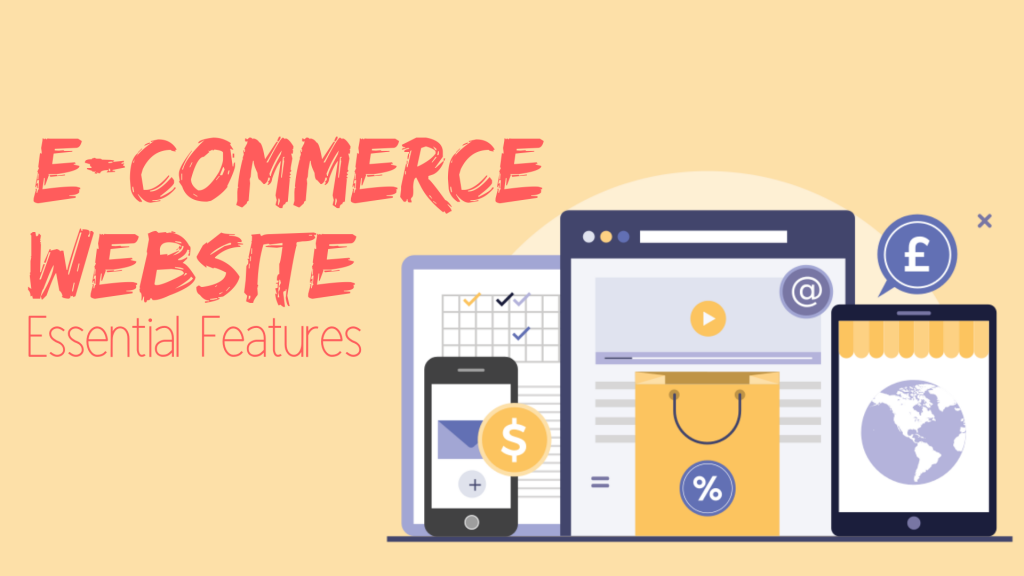
Selecting the right e-commerce platform goes beyond basic functionality. To thrive online, your platform needs to offer a robust suite of features and capabilities that support your business goals and enhance the customer experience. Here’s a summary of some essential elements to give top priority:
1. Scalability:
Your online store is a living, breathing entity. As your business grows, your platform should be able to handle increasing traffic, product volume, and sales without compromising performance. Look for platforms that offer scalable infrastructure and features to accommodate your future ambitions.
2. Security:
Customer trust is paramount. Ensure your platform prioritizes robust security measures to protect sensitive customer data like credit card information and personal details. Features like PCI compliance, data encryption, and secure login protocols are essential.
3. Software Integrations:
No platform exists in a silo. The ability to integrate seamlessly with other essential software solutions like CRM (Customer Relationship Management), accounting software, marketing automation tools, and shipping providers is crucial for streamlining operations and optimizing workflows.
4. APIs and Customization:
While some businesses thrive with pre-built features, others require a higher degree of customization. Look for platforms that offer open APIs (Application Programming Interfaces) allowing developers to build custom functionalities or integrate unique features tailored to your specific needs.
5. SEO (Search Engine Optimization):
Organic traffic is a powerful driver of online sales. Choose a platform that offers built-in SEO tools or integrates with SEO plugins to optimize your product listings, content pages, and overall website structure for search engines like Google. This ensures your online store ranks higher in search results, attracting organic traffic and potential customers.
6. Sales and Advertising Channel Compatibility:
The ability to reach customers where they are is key. Look for platforms that allow you to connect your online store with popular sales channels like Amazon, eBay, or Facebook Marketplace. Additionally, consider platforms that integrate with advertising platforms like Google Ads or Facebook Ads, allowing you to launch targeted advertising campaigns and reach a wider audience.
7. Product Inventory Complexity:
Not all businesses sell simple products. If you manage a complex product catalog with variations (size, color), bundles, digital downloads, or subscription options, ensure your platform can effectively handle your specific inventory needs. Look for features that allow for clear product variations, inventory management across multiple channels (if applicable), and efficient order fulfillment processes.
8. Platform Customer Service:
Even the most user-friendly platforms can encounter issues. Reliable customer service from the platform provider is essential. Look for platforms that offer responsive customer support channels (phone, email, live chat) to ensure you receive timely assistance when needed.
By prioritizing these key features and offerings, you’ll be well on your way to selecting an e-commerce platform that empowers you to build a successful online business and deliver exceptional customer experiences. Remember, the ideal platform should be a strategic partner, supporting your growth and evolving alongside your business needs.
Best E-commerce Platforms to Consider
Any online business that wants to succeed must select the best e-commerce platform, and while there is not a single “best” platform, the following list of nine excellent options from different categories (SaaS, Composable, Open-Source) will help you narrow down your options:
1. BigCommerce
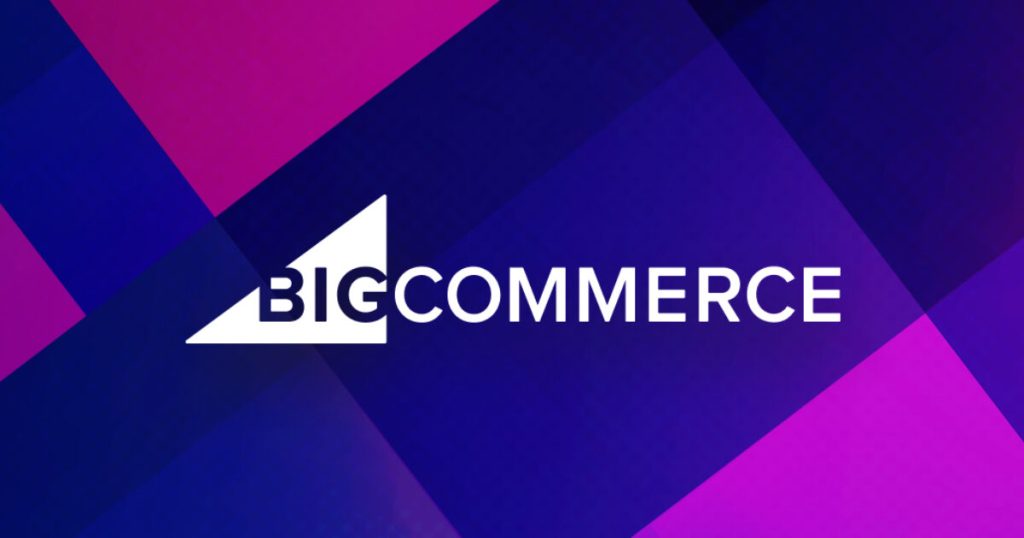 Pros:
Pros:
- Robust features for B2B and B2C businesses (including B2B customer groups, price lists, and multi-storefronts).
- Strong SEO capabilities and built-in marketing tools.
- Scalable infrastructure to accommodate growth.
- User-friendly interface with drag-and-drop functionality (though less beginner-friendly than Shopify).
- Slightly higher pricing compared to some competitors.
- Can require more customization effort for unique needs (compared to Shopify).
2. Shopify
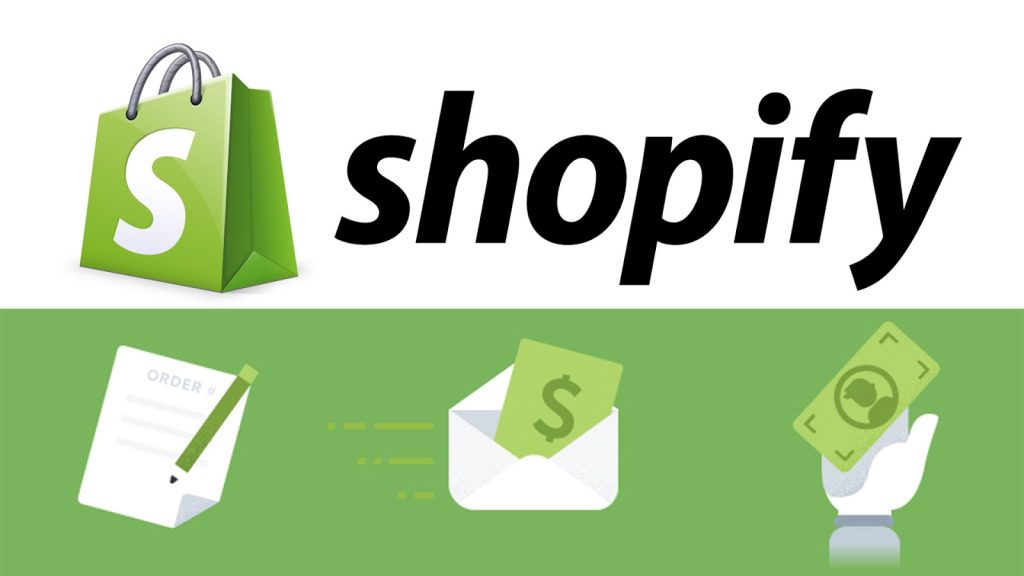 Pros:
Pros:
- User-friendly interface with drag-and-drop functionality, ideal for beginners.
- Vast app store with pre-built functionalities for almost any need.
- Strong marketing and sales tools integration.
- Focus on design and aesthetics.
- Limited built-in features compared to BigCommerce or Adobe Commerce.
- Higher transaction fees on lower-tier plans.
- Less customization flexibility for complex business models.
3. Commercetools
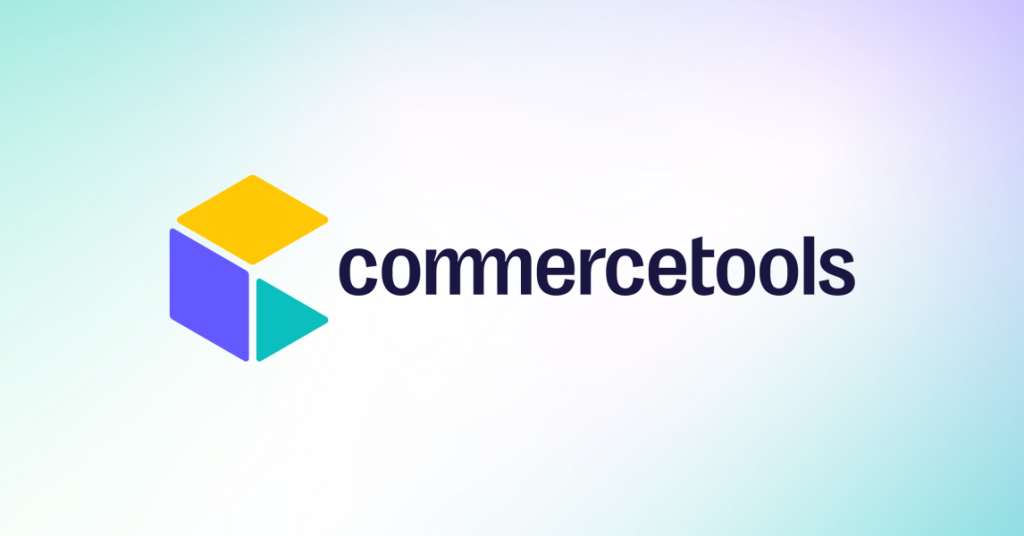 Pros:
Pros:
- Highly flexible and scalable headless commerce platform.
- Allows building a custom e-commerce experience with various APIs from different vendors.
- Ideal for businesses with complex needs and a focus on innovation.
- Requires significant development expertise or reliance on agencies for setup, maintenance, and customization.
- Steeper learning curve compared to SaaS platforms.
4. WooCommerce
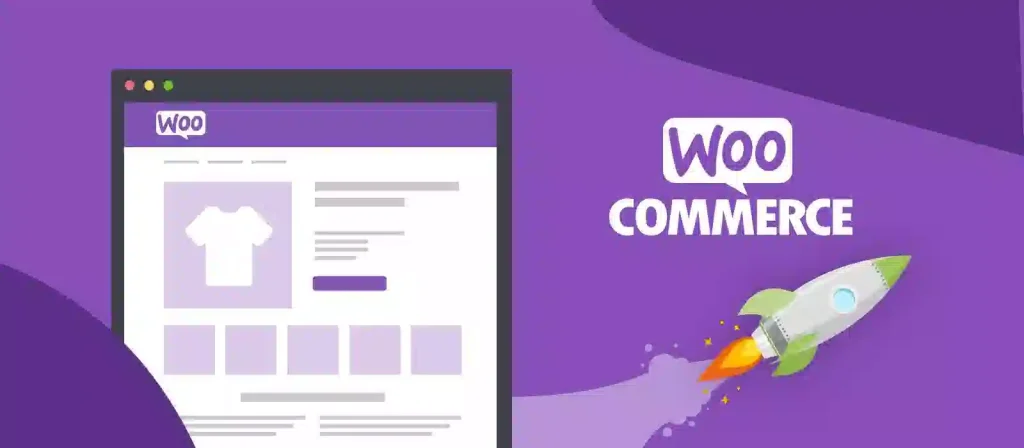 Pros:
Pros:
- Free to use (though additional costs may arise for themes, plugins, and hosting).
- Vast plugin ecosystem for extending functionality and customization.
- Integrates seamlessly with existing WordPress websites.
- Requires technical knowledge for setup, maintenance, and security updates.
- Can be time-consuming to manage compared to SaaS platforms.
- Lower out-of-the-box feature set compared to SaaS options.
5. Magento
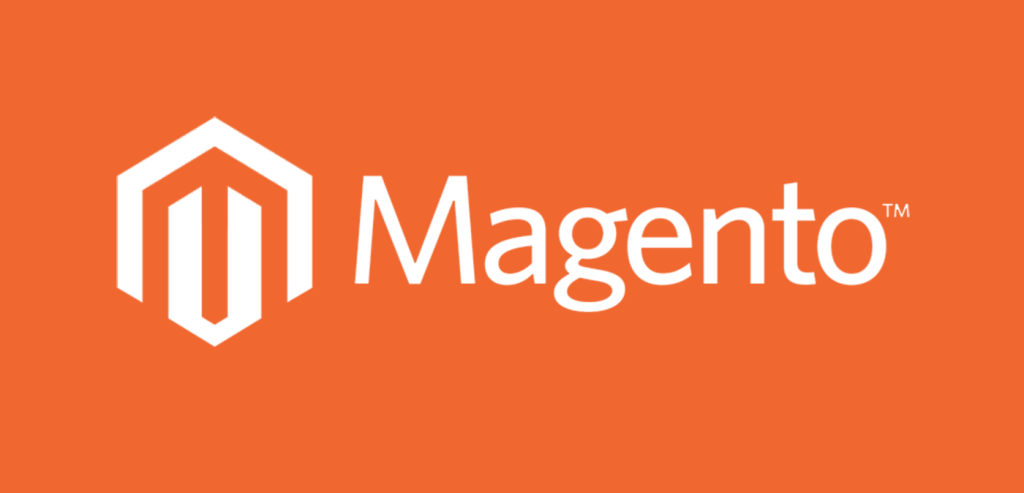 Pros:
Pros:
- Highly customizable and scalable open-source platform.
- Extensive built-in features for B2B and B2C commerce.
- Large developer community and resource pool.
- Requires significant development expertise or a dedicated IT team for management.
- Resource-intensive platform with potentially high hosting costs.
- More complicated to set up and maintain than alternative solutions.
6. Wix
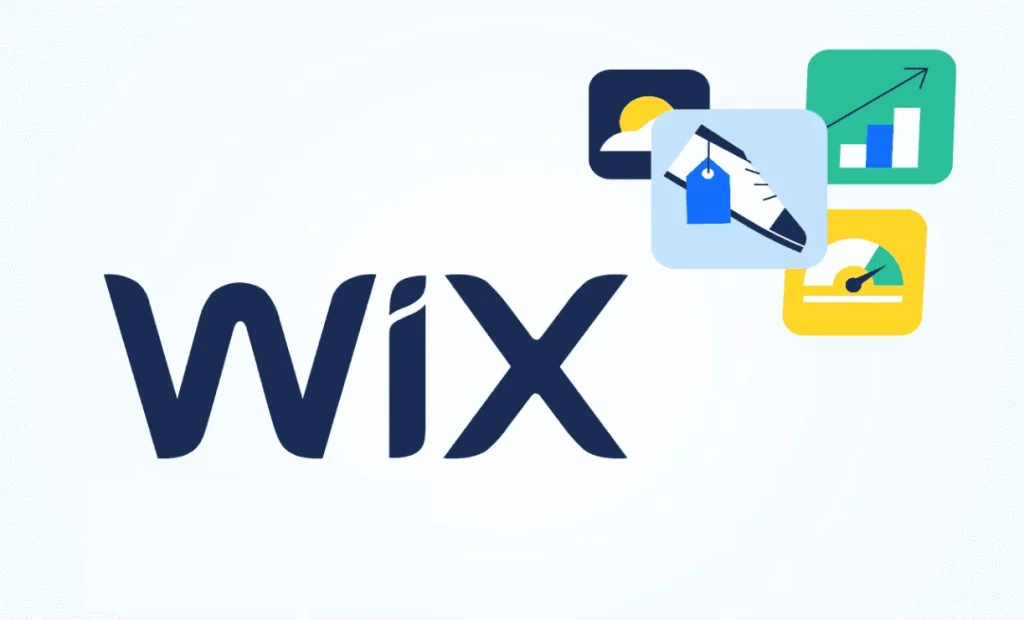 Pros:
Pros:
- User-friendly drag-and-drop interface, ideal for beginners with limited technical expertise.
- Part of the Wix website builder platform, offering ease of integration with existing Wix websites.
- Good option for startups or businesses with a small product range.
- Limited built-in features and customization options compared to more robust platforms.
- Can be less scalable for high-volume businesses.
7. PrestaShop
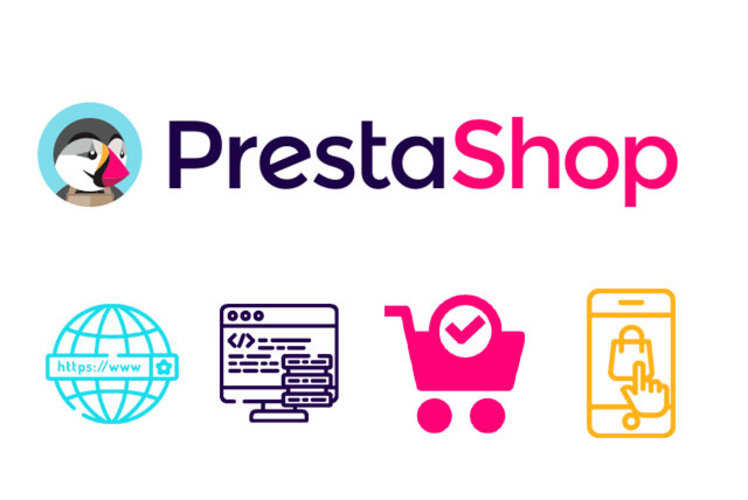 Pros:
Pros:
- Free, open-source platform with a large developer community.
- More customizable and feature-rich than Wix but less user-friendly.
- Good option for businesses seeking an open-source alternative with greater control.
- Requires technical knowledge for setup, maintenance, and security updates.
- Can be more complex to manage compared to SaaS platforms.
8. Volusion
 Pros:
Pros:
- All-in-one solution with built-in hosting, marketing tools, and payment processing.
- Easier setup and management compared to some open-source platforms.
- Good option for small to medium-sized businesses seeking a comprehensive solution.
- Limited customization options compared to open-source platforms.
- Less scalable for high-volume businesses than some competitors.
- Transaction fees apply on all plans.
9. Salesforce Commerce Cloud
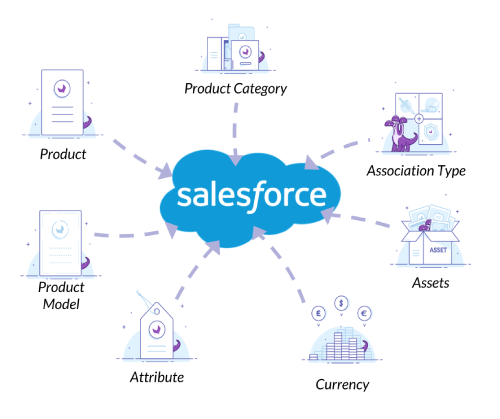 Pros:
Pros:
- Enterprise-level platform built for high-volume businesses and complex B2B, B2C, and DTC (Direct-to-Consumer) needs.
- Robust features for order management, connected commerce, and multi-channel selling.
- Strong scalability and security features.
- High cost of ownership, including licensing fees, development, and implementation.
- Complex platform requiring significant technical expertise or a dedicated team to manage.
- Not ideal for smaller businesses due to the cost and complexity.





